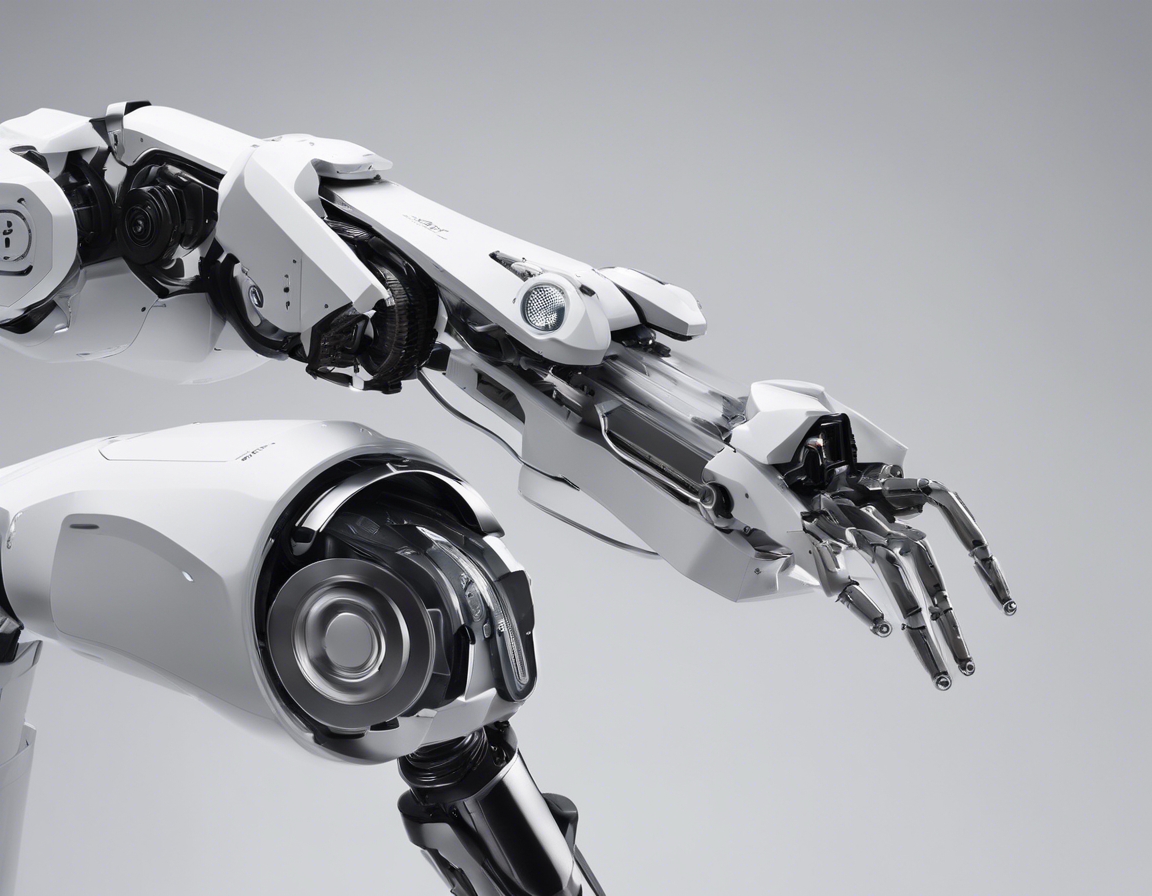The future of automation in small businesses
As small businesses strive to remain competitive in a rapidly evolving marketplace, automation has emerged as a key driver of efficiency, productivity, and innovation. The integration of automated systems is no longer a luxury reserved for large corporations but a necessity for small businesses looking to scale and thrive.
Small businesses are increasingly adopting automation technologies to streamline operations, reduce costs, and enhance customer experiences. From automated inventory management to customer service chatbots, the landscape is shifting towards a more tech-driven approach.
Automation offers a myriad of benefits, including improved accuracy, faster processing times, and the ability to reallocate human resources to more strategic tasks. It also enables small businesses to compete with larger entities by leveling the playing field in terms of operational capabilities.
Emerging Trends in Automation
AI and ML are revolutionizing the way small businesses predict customer behavior, optimize operations, and personalize services. These technologies are becoming more accessible, allowing for smarter and more adaptive automation solutions.
Robotics, particularly collaborative robots (cobots), are becoming integral in small manufacturing settings. Cobots work alongside humans to enhance productivity without the need for large-scale robotic installations.
The IoT connects devices and systems, providing real-time data that small businesses can use to make informed decisions and automate processes effectively.
Cloud-based automation tools offer small businesses the flexibility to access and manage operations from anywhere, reducing the need for on-premise infrastructure and maintenance.
Automation in Key Industries
In the manufacturing sector, automation helps small businesses optimize production lines, manage supply chains, and ensure quality control with greater precision.
Retailers are leveraging automation for inventory management, personalized marketing, and streamlined checkout processes, enhancing the overall shopping experience.
For the fashion industry and custom tailoring services, automation in design, pattern making, and fabric cutting is transforming traditional practices, allowing for increased customization and quicker turnaround times.
Challenges and Considerations
While automation can be cost-saving in the long run, the initial investment can be significant. Small businesses must carefully assess their financial capacity and the potential return on investment.
Implementing new technologies requires upskilling employees. Small businesses need to invest in training to ensure their workforce can effectively utilize automated systems.
Selecting the appropriate automation tools is crucial. Small businesses must consider their specific needs and the scalability of solutions to support growth.
Preparing for the Future
For small businesses to successfully adopt automation, strategic planning is essential. This involves setting clear objectives, evaluating technologies, and making informed investments.
The landscape of automation is continually changing. Small businesses must stay informed about new developments and remain flexible to adapt to emerging technologies.






Comments (0)